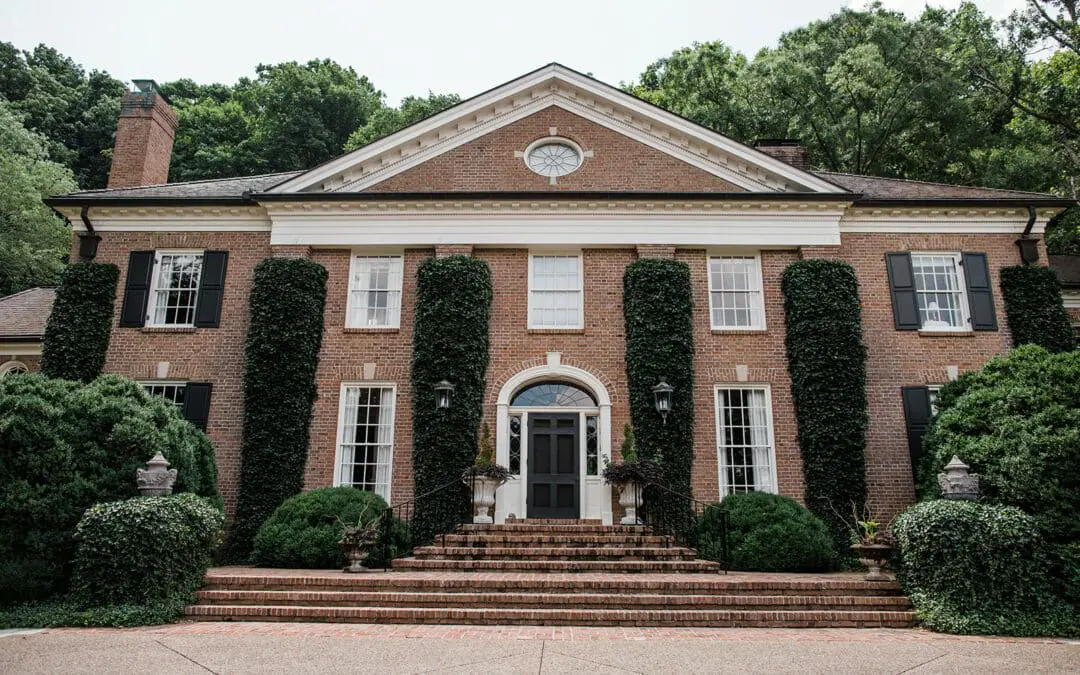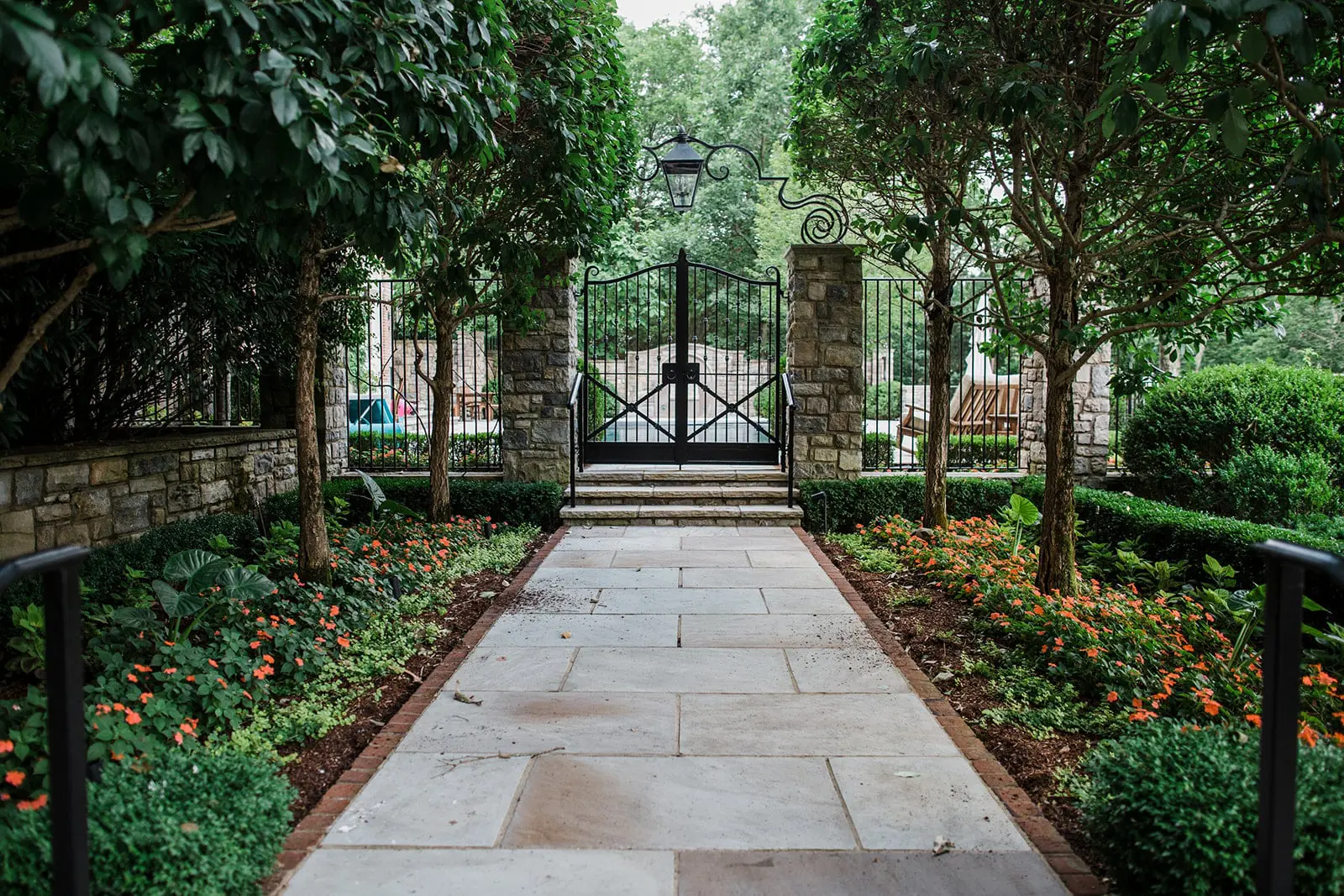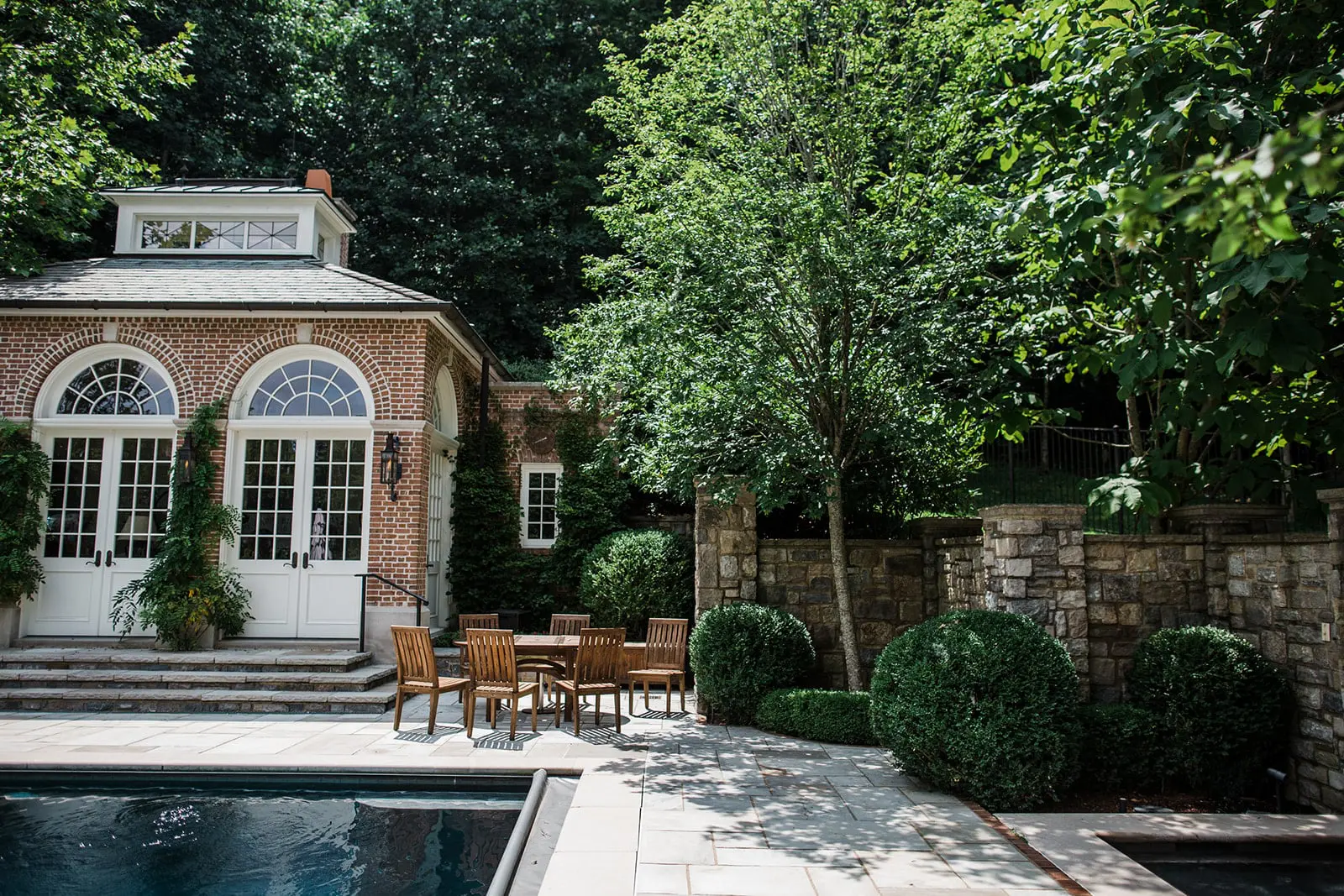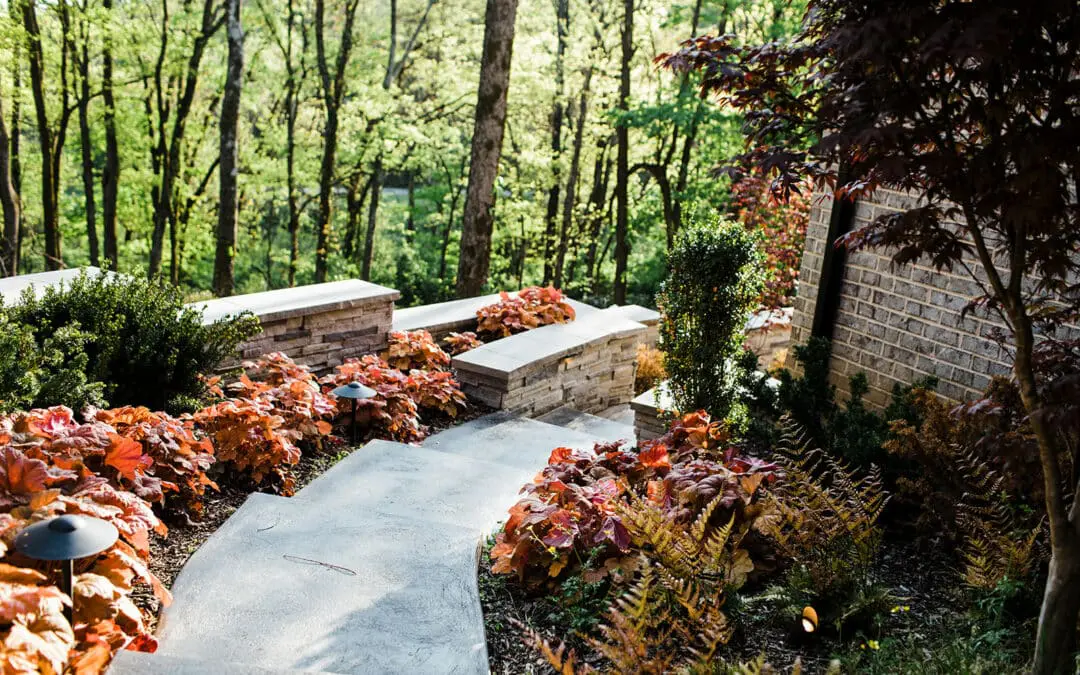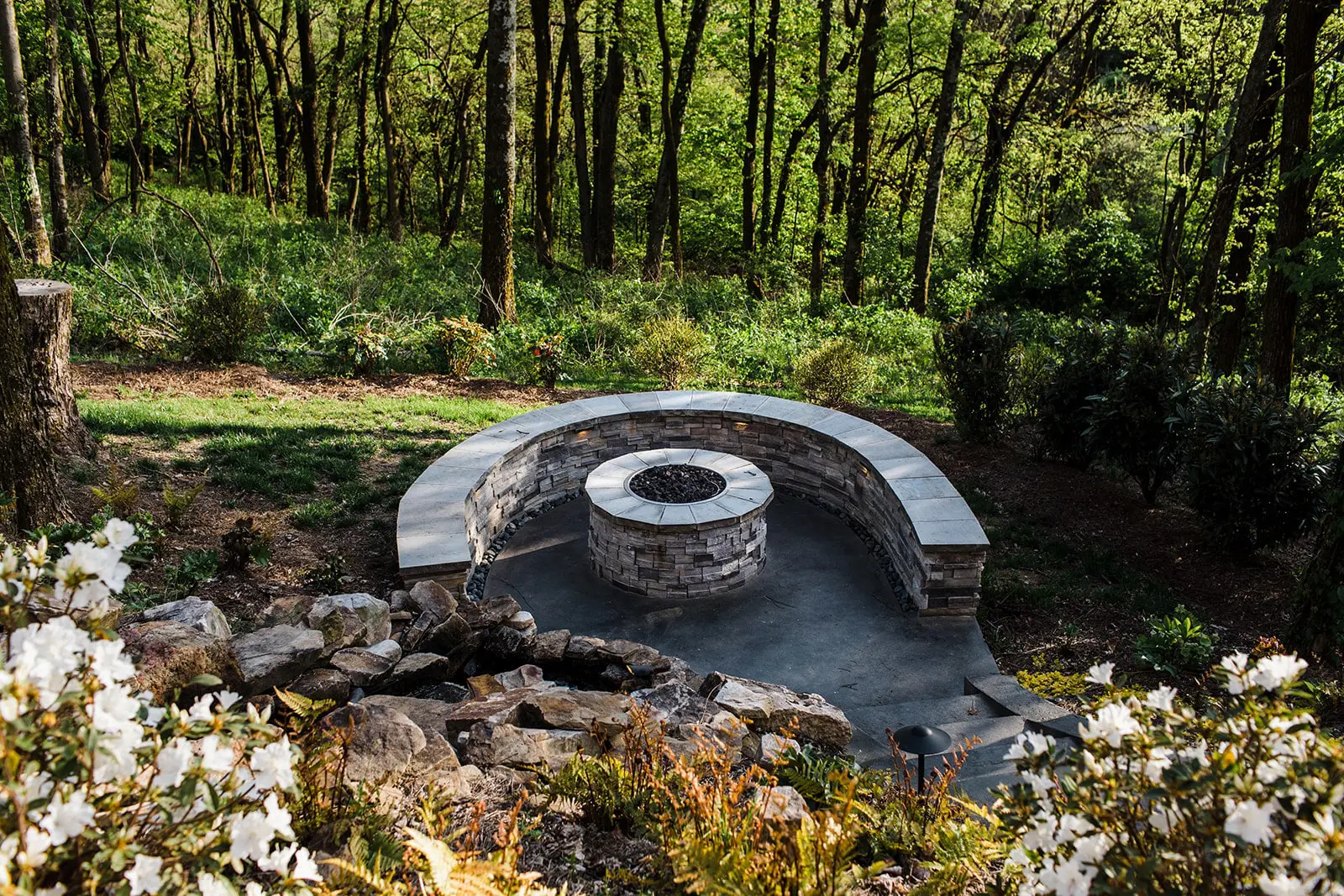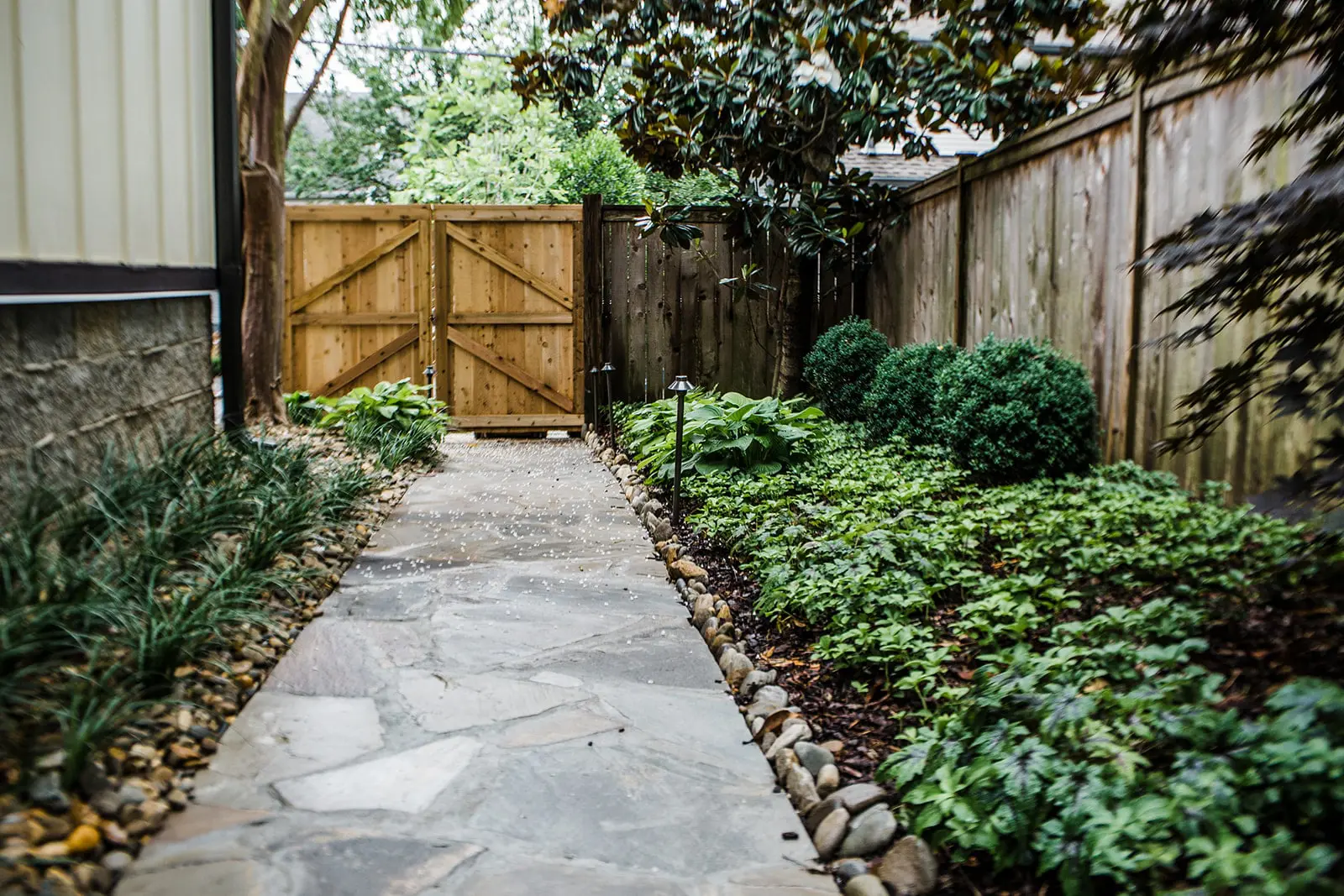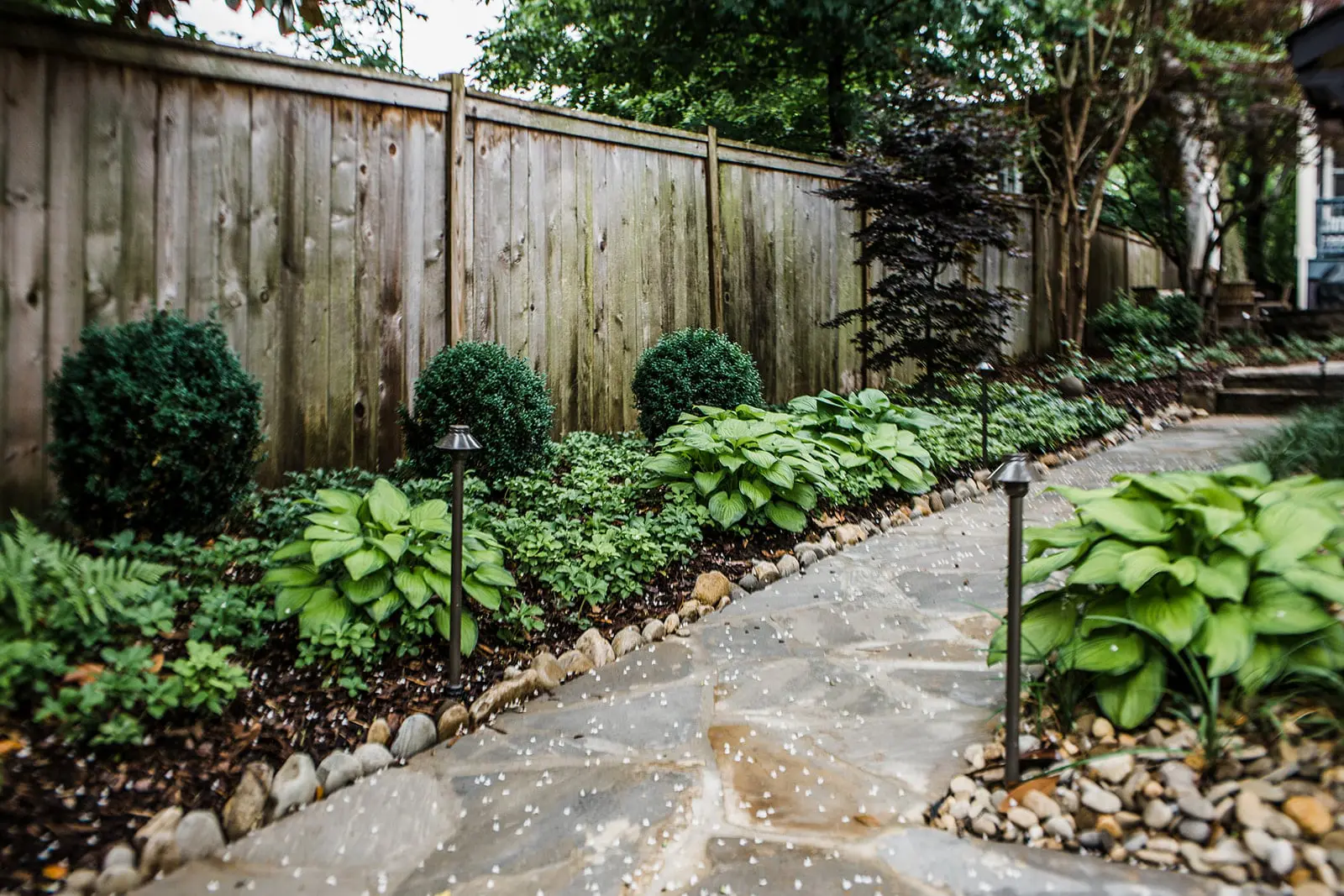
by Gloria Ballard | Jun 6, 2022
When warm weather arrives, so do the mosquitoes. You hear them whining around your ears; you swat at them biting your bare arms and legs. And yet, if your aim is to be kind to the planet, you don’t want to blanket the area with chemicals to kill them (along with the pollinators that must be preserved). You also don’t want to be a mosquitos’ blood meal, either, while you’re out there enjoying your garden and landscape.
“Mosquitoes can have a great impact on our lives,” say University of Tennessee entomology professors Karen Vail and Reid Gerhardt in a fact sheet for Master Gardeners, “Mosquito Control Around Homes.”
“They can not only reduce our quality of life by ruining a relaxing evening on the patio but also harbor disease organisms and may readily pass them on to us and our pets.”
There are several ways to reduce the mosquito annoyances in your landscape. Here are three to consider:
Reduce mosquito habitat
Mosquitos require standing water to grow into those pesky adult insects. The experts explain that the larvae feed on microorganisms and organic matter and grow quickly, so eliminating, reducing and monitoring the places where water accumulates is the first line of defense.
Potential mosquito breeding sites can include clogged gutters, leaky water faucets, open containers, plant saucers, holes in tree stumps, neglected swimming pools or hot tubs or their covers, bird baths – any place water may sit undisturbed for several days.
Mosquito dunks – biscuit-shaped chunks of a natural larvicide, Bacillus thuringiensis israeliensis (Bti) – can be effective to keep a rain barrel or pond from becoming a breeding ground. A 16-mesh screen also keeps mosquitoes out of rain barrels, and experts suggest stocking a small garden pool or ornamental pond with mosquito-eating fish such as native top-feeding minnows or goldfish.
Spray – but do it safely
Mosquito control plans use a variety of products to rid a yard of mosquitoes. Gardens of Babylon’s mosquito control program uses a non-toxic (to people and pets) insecticide concentrate whose active ingredients are rosemary and peppermint oils.
“We use a fogger — a backpack blower — that aerosolizes the product and works primarily on mosquitoes,” says Bryce Marion, maintenance customer service manager at Gardens of Babylon. “We target any low-lying areas, turf areas, stagnant pools. We treat the beds and the turf, and we spray the greenery, where the bugs are going to rest.”
How much and how often to treat an area depends on the severity of the problem, Marion explains. “It could be a little as three treatments, up to 12 treatments. We typically start mid to late May and carry that through until mid-September, and can spray bi-weekly throughout that period.”
“It’s pretty simple,” Marion says. “Plus, because it’s rosemary and peppermint oil, it smells good.”
Incorporate repellent plants you can use
Can the garden itself be part of the solution? The natural oil in several strong-smelling plants is known to (or thought to) repel mosquitoes.
Merely growing the plants in your garden won’t be what keeps the insects at bay. It will be necessary to crush or chop the leaves to release the essential oils, but that in itself can be pleasant if you enjoy the fragrances yourself. And while the smell doesn’t kill the intruders, the strong fragrance may well keep them at a distance.
Here’s a selection of plants that have the potential for keeping mosquitoes from coming around, suggested by garden editors at Southern Living and other sources:
Lavender: The sweet perfume is in the spikes of purple flowers and the foliage. Try crushing stems from the plant and rubbing it on your skin (unless you’re allergic, of course).
Mint: Peppermint and other mints (including spearmint, chocolate mint and pennyroyal) grow and spread with abandon, so cut and crush as much as you like to sprinkle around the patio or deck chairs to repel mosquitoes.
Rosemary: The strong pine scent of Rosmarinus officinalis is a natural for keeping insects at bay. Try tossing a few sprigs on the grill to generate a little rosemary-scented smoke while you also add the flavor to sizzling meat.
Eucalyptus: In this part of the world, Eucalyptus globulus won’t survive winter in the ground, but if you’re growing it in a pot on the patio, plan for enough to sprinkle the fragrant crushed leaves throughout your outdoor gathering spots.
Marigold: The scent of marigold foliage is not pleasing to everyone, so it’s a pretty good bet that mosquitoes won’t like it, either. But it’s easy to grow, and the flowers are bright and colorful and last all summer.
Citronella: Through research and studies, there is some question around whether the so-called “Mosquito plants” actually repel mosquitoes. Nevertheless, the crushed leaves of Pelargonium citrosum, a member of the geranium family, have a pungent lemony fragrance that smells great, so why not enjoy it in your garden?
Are mosquitoes a serious problem in your landscape? Click here for a consultation and to get a quote on Gardens of Babylon’s Mosquito Control Service

by Gloria Ballard | Apr 25, 2022
When a landscape has good “bones” — the word designers sometimes use to describe the design of the hardscape and established trees and shrubs – the homeowner can enjoy the scenery with its variety of perennial and annual embellishments as it evolves and changes throughout the seasons. The Gardens of Babylon landscape design crew has worked within the design of the structure of this landscape in Belle Meade for more than a decade. We talked with designer Chloe Barrett about the details of this ongoing landscape project:
What do the homeowners want?
The landscape’s “architecture” was already in place when the Gardens of Babylon team came on the scene more than a decade ago. Each spring and fall, they freshen and update the plantings with the installation of new plant materials. “We’ve added to it over the years,” Barrett says. “For annuals, we usually do something similar but change the color, type or pattern.”
The established evergreen architecture is fairly static, Barrett says, but changing out the annuals and other plants to provide blooms from January to November has provided seasonal interest and color in unexpected ways. “Adding more blooms to the established evergreen architecture has been a joyful transformation over the past decade.”

What was the biggest challenge?
This is a large property – almost 12 acres, most of it wooded. “Such a large and traditional landscape provides a plethora of plant material all with different technical skills required, which is both a challenge and a pleasure,” Barrett says.
“We’ve added nepeta (catmint), camellias, encore azaleas, wisteria, boxwoods, arborvitae — including a gorgeous spiral one,” Barrett says. “We love using coleus by the pool, we use shade-tolerant flowers for the pool entrance beds, and usually try to stick to plants that won’t be deer treats.”
Keeping the deer away from the annuals is always a challenge, she says. “But we use an organic deer repellent that seems to work wonders!”
Otherwise, finding variety in the plantings each season can be a happy challenge. “It’s always a pleasure to come up with a different and dynamic annual plan for their spring and fall flower installation,” the designer says.

What do you think is the project’s best feature:
The designer is able to build on the landscape’s “bones” that are already strong. The seasonal task includes embellishing what is already in place. “We inherited a gorgeous landscape with 2-story established boxwoods, old-growth trees, and beautiful hardscaping,” Barrett says. “This is all old landscaping, very classic estate style. The tree canopy has been there for quite some time. There’s a perimeter planting of boxwoods under the trees, with the trees mirroring on each side. The center of the beds is usually a patterned planting of annuals, freshened up in spring and fall.”
A shade garden under a stately oak holds hellebore, lysimachia, aucuba and epimedium. The pool area features elegant, classic landscaping with towering boxwoods, an espalier pear and New Dawn climbing roses. “The pool area has some of the most beautiful old-growth climbing hydrangeas on the pool house, and the fountain surrounded by boxwoods is especially peaceful,” Barrett says.
The area includes a large, lovely pot that they fill with exciting new annuals every year; after a few weeks, when the plants have filled in, “it’s a symphony of color and texture throughout the hot summer months,” the designer says. “Keeping the landscape in harmony with the surrounding natural beauty is truly a joy.”

The Gardens of Babylon landscape design team is ready to help with you landscaping needs. Click here to book a phone consultation with a member of the design team.

by Gloria Ballard | Apr 15, 2022
With an acre or more of land, there was plenty of space in the backyard of this Williamson County home, and the homeowners had hoped to be able to entertain family and friends there. The problem was, most of the backyard was inaccessible. We talked with Gardens of Babylon landscape designer Eric VanGrinsven to learn how he took on the challenge and turned it into the best feature of the property.
What did the homeowner want?
“The homeowner request was a gathering space with seating, lush plantings, and a fire pit area,” VanGrinsven says. The front area was already beautifully landscaped, he explains, but the back, with a dramatically steep grade descending into the woods, was “a blank slate.”
The level area behind the screened porch was not large enough to accommodate a seating area with a firepit. Expanding the area would have required a massive retaining wall, which was cost-prohibitive. “That’s when the idea of a secondary gathering space in the woods came into play,” the designer says. “We decided to use the space below, and figure out how to tie those two spaces together.

What was the biggest challenge?
“The biggest challenge was the access. It was extremely difficult to get into the backyard, and the site was very unforgiving,” VanGrinsven says. “Back in the woods, there are so many trees we really couldn’t build anything of substance. That steep grade wouldn’t accommodate it.”
A walkway led from the main level to what the designer described as a “staircase to nowhere,” which was the access to the wooded backyard. The new landscape design called for a patio off the screened porch with a seat wall, and down below, a second patio area with a firepit and a seat wall under the canopy of trees.
“It’s an outdoor room with overhead cover, but not invasive into the woods,” VanGrinsven says. A walkway to the driveway and staircase down to that new, tree-shaded outdoor room connects the two spaces.

What do you think is the best feature?
“The best feature is the firepit immersed in the woods,” the designer says. “It really is a cool feature, to walk down the stairs to the fire pit area under the tree canopy.”
The area is landscaped and planted with a variety of shade-tolerant shrubs and perennials: visitors walk down the stairway to the firepit patio among ferns and heucheras, azaleas, yews and hollies. To keep the grade from washing, the design called for “the more prolific groundcovers,” such as creeping Jenny, to secure the slope.
“We had to keep things closer to the house for logistical reasons, but in the end, we were able to strike a nice balance of usable space in a very difficult site,” VanGrinsven says.

The Gardens of Babylon landscape design team is ready to solve any difficult problems in your landscape. Click here to book a phone consultation with a member of the design team.

by Gloria Ballard | Apr 8, 2022
Gardeners who like to grow their own food have been waiting for this: the time we are sure that spring is surely here, and there’s no danger of a late frost. We can finally – finally! – get those warm-season veggies in the ground.
And as Earth Week rolls along (leading up to the worldwide observation of Earth Day, April 22), the Gardens of Babylon Garden Center – which has been helping gardens and gardeners grow for 19 springs now – has a good variety of our summer-garden favorites, ready as healthy transplants to go in the ground right now.
If you’re an experienced gardener, you know what to do: dig a hole in the good soil, ease the transplant’s root ball out of its nursery pot and tuck it into the hole, pack in enough soil to fill the hole firmly around the root ball, add water. As the plants grow, provide the moisture they need; that’s usually about an inch of water a week, either provided by you, with a hose or sprinkler, or by Mother Nature.
But beginning gardeners may appreciate a little more direction, so here are best practices for planting and harvesting a selection of summer kitchen-garden favorites:
Tomatoes:
Plant tomato transplants deep enough to completely cover the root ball. Transplants that have grown tall and leggy can be planted even deeper, which allows the plant to develop roots along the buried stem. Leave enough space between plants – 18 to 24 inches — for them to grow and spread. Tomato plants need to be staked or supported in cages to keep the plants and their fruit off the ground, and it’s best to install those at planting time to avoid damaging the plant’s roots later. As the plant grows, you may want to remove suckers – secondary shoots that grow in the joint between a branch and the stem – to reduce the overall sprawl of the plant.
Peppers:
All types of pepper plants – hot, sweet, bell, jalapeño and others – are fairly easy to grow, given a spot with full sun and well-drained soil. Don’t plant pepper transplants too deep, but set them at the same depth they were growing in their nursery pots. Give each plant about 15 inches of space around it. Peppers can be affected by blossom end rot, which is a brown patch that appears at the bottom of the fruit. Wet or cold weather or lack of calcium may be the cause.
Zucchini and other vining squashes:
These need lots of sun, but what beginning gardeners sometimes don’t realize is that they also need lots of space! Given freedom on the ground, they will ramble over everything else planted nearby. The good news is that you can train these vines to grow vertically on a trellis. Summer squash and zucchini are also notorious for growing quickly into giants, so once they start to produce, harvest often. Summer yellow squash and zucchini are just about perfect at 6 to 8 inches long. Scalloped varieties, such as patty pan, are best harvested when they reach about 4 inches in diameter.
Cucumbers:
This is another vining plant that can take advantage of any vertical space in your kitchen beds, though there are also bush types that can grow in containers. Set transplants in the garden 2 to 3 feet apart, planting them at the same depth they grew in their pots. Cucumber plants also grow quickly from seed planted directly in the ground, following directions on the package. As they grow, the vines will attach themselves by delicate tendrils to whatever support you provide – or to other nearby plants if they’re too close. Harvest cukes before they begin to turn yellow.
Herbs:
If you don’t grow any other edibles in your garden, at least plant a few herbs. Basil, parsley and dill are summer favorites. Rosemary, sage, thyme, chives and oregano are the longer-lasting, perennial or tender perennial herbs that are among the mainstays. Any of them can be found as easy-to-grow transplants. All appreciate full sun but most will grow satisfactorily in lightly shaded conditions. Set transplants as you would any of the vegetables – carefully slide the root ball out of its pot, set it into the hole you’ve scooped out, and pack the soil back in with the plant at the same depth it was growing in the pot. Add water, and enjoy fresh herbs along with your other fresh produce from now until the first fall frost — or beyond, for those hardier herbs in the garden.
*
Celebrate Earth Day
Earth Day was established in the U.S. in 1970 to bring awareness of the link between the environment and the health of the planet. For 19 years, Gardens of Babylon has had as its mission the renewing of our connection with Nature, with products and services that are eco-friendly and sustainable. “This year has seen the birth of our natural lawn department, which certainly goes along with our company’s mission,” says Matt Kerske, whose family founded the company almost two decades ago.
Here’s a reminder that Gardens of Babylon will observe Earth Day, April 22, at the Night Market with events that include an Earth Day Giveaway with The Bookshop. To stay informed about other Earth Month and Earth Day events, follow Gardens of Babylon on Facebook and Instagram.
Visit the Gardens of Babylon Garden Center to pick up vegetable and herb transplants for your summer garden, as well as the annuals, perennials, groundcovers, houseplants, containers, garden soil, planting mix, gloves, hand tools – everything you need to enjoy your garden this summer.

by Gloria Ballard | Mar 24, 2022
It’s not unusual for a landscape update to begin with a list of challenges to work around. That was the case in creating a landscape plan for this home in Nashville’s 12 South neighborhood. We asked Gardens of Babylon’s Matt Kerske to give details on the successes, solutions, and challenges of this design:
What did the homeowners want?
The owners of this home had a common request: an easy-to-care-for backyard where they could relax with family and friends. In a neighborhood graced with mature trees, they also had to work with the landscape’s abundant shade. And to expand their leisure time opportunities: “They also wanted a gravel pathway on the side of their house that could maybe even double as a little bocce ball court area.”
But before that, they had a drainage problem that needed to be addressed: the pitch of the landscape allowed water to flow toward the backyard garage and guest house. Kerske’s design solution devised a way to divert the water from the backyard buildings, while at the same time maximize the lawn space, giving the kids a place to play.

What was the biggest challenge?
“The biggest challenge was the poor drainage in the backyard,” Kerske says. Water from heavy rains was also washing out a lot of mulch.
The solution included the installation of a French drain system around the property, along with proper grading and the addition of a retaining wall. “A retaining wall for the backyard allowed us to flatten out the lawn area, making it more usable,” he says. “We installed river rock to avoid mulch washing out.”

What do you think is the best feature?
“The best feature is definitely the fire pit and the paver patio surround,” Kerske says. “They’ve always wanted a feature in their backyard to have company around, and to enjoy time with their kids.”
The gas fire pit sits on a circular patio across the small lawn from the back porch, connected to another small patio there by a flagstone walkway. The fire pit patio area includes a semi-circular seat wall and space for Adirondack chairs. The garden beds around the patio are planted with hydrangeas and other shade-tolerant shrubs and perennials.
“The clients were really thrilled with the finished product,” Kerske says. “It was really a backyard transformation. Before, it was a construction site; afterward, a finished backyard. That says a lot.”

Do you plan to upgrade your outdoor spaces in 2022? Click here to book a consultation with a member of Gardens of Babylon’s landscape design team.



